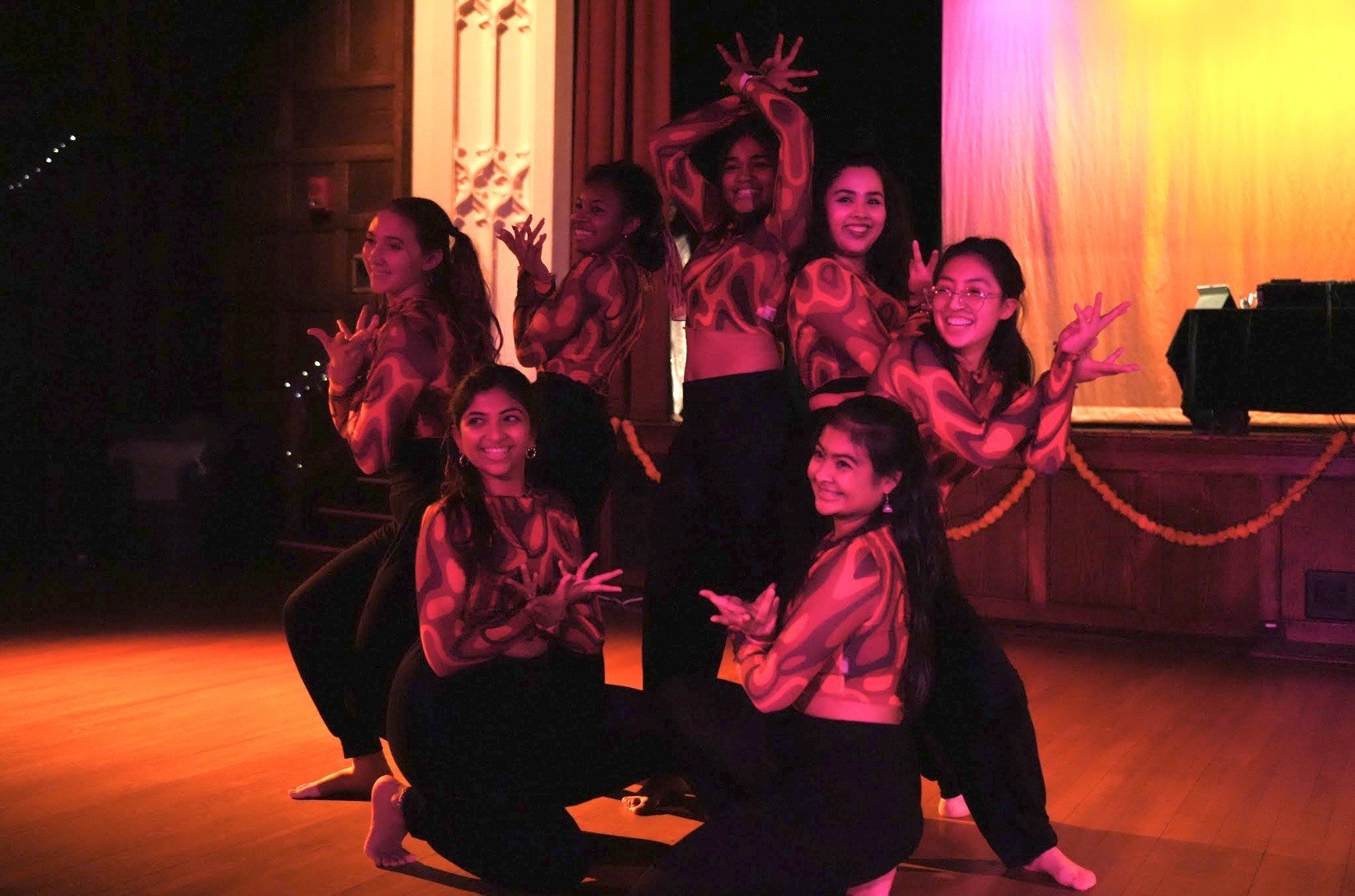Photo by Sydney Wiser ’27
Creighton Hall, one of 18 residential halls on Mount Holyoke College’s campus, is home to several Living-Learning Communities and includes many amenities such as air conditioning and a full kitchen.
By Jo Elliott ’28
Staff Writer
Mount Holyoke has a diverse range of housing options, with 18 residential halls and ten non-residence hall apartments for students to be housed in. While each dorm has its own pros and cons, it’s the housing selection lottery that most students have recently had difficulty adjusting to. This year’s housing lottery took place from late March into mid-April.
Kairi Harness ’28, who participated in the housing lottery for the first time this year, described confusion and frustration when it came to the process. “With the whole lottery system, I didn't understand the rules, I didn't know what was happening,” Harness said.
Others, it seems, feel the same way. Another first year, Fajar Amjad ’28, said, “I had very, very limited options that did restrict my choices … I didn't feel like I had a choice at the end of the day.” By the time they could select a room, Amjad noted, they were left with only two dorm options: 1837 Hall and Prospect Hall.
According to Harness, housing selection makes much more sense for incoming students.“The housing process when applying to a new college is easy, so easy. It was so simple, you just filled out the form, you were done,” Harness said.
Rosemary Osafo-Kwaako ’26, a resident advisor for the first-year exclusive MacGregor Hall, added to the discussion about first-year housing, stating that the promotional videos the College posts to YouTube and TikTok about the residence halls are helpful for incoming students. “I do think they're trying well with the YouTube videos and the TikToks,” Osafo-Kwaako said. The purpose of these videos is to prepare the incoming first years for what’s in store, as many of them do not have the opportunity to interact with the dorms before arriving on campus.
Nevertheless, current Mount Holyoke students have experienced issues with finding on-campus housing. “There is a general shortage of rooms that we feel like exists,” Amjad said.
Although most students interviewed did not claim their issues were part of a housing shortage, Amjad noted that, “I do think there are more people present than there are rooms, and I also think that people who require or need more options aren't getting enough, especially people who need accommodations.”
Harness tended to agree with the assessment that student housing issues may be caused by a shortage, stating that, “It feels like you're fitting three people into a space. It feels like the …. newer triple rooms are just what used to be double rooms. They're just shoving a new bed in there to make room.”
Other students agree that there is a housing problem, but do not believe it is due to a shortage. Anha Chaudhry ’28, for instance, said in an email to Mount Holyoke News, “I don't think there is a housing crisis in the sense that there's not enough housing for all of us, but I do feel like there's a bit of an issue with accommodations and students needing singles … I get that there needs to be some sort of strict policy to ensure that not every student is getting their way to a single when others may need it more, but it's really exhausting when I have several evident disabilities and concerns and am still sent into a loop of doubt.”
Moreover, Chaundhry noted, “I think there needs to be a more straightforward method to attain accommodations instead of both facilities not taking responsibility for the first step. There should be a streamline[d] pattern for a student to fill out a form, meet one office, get confirmation from the other, come to a conclusion and get the accommodations they need, be it a single, central campus housing, lower floor rooms, or having ACs and larger appliances.”
Adeyla Hoenck ’28 contributed fact-checking.




















